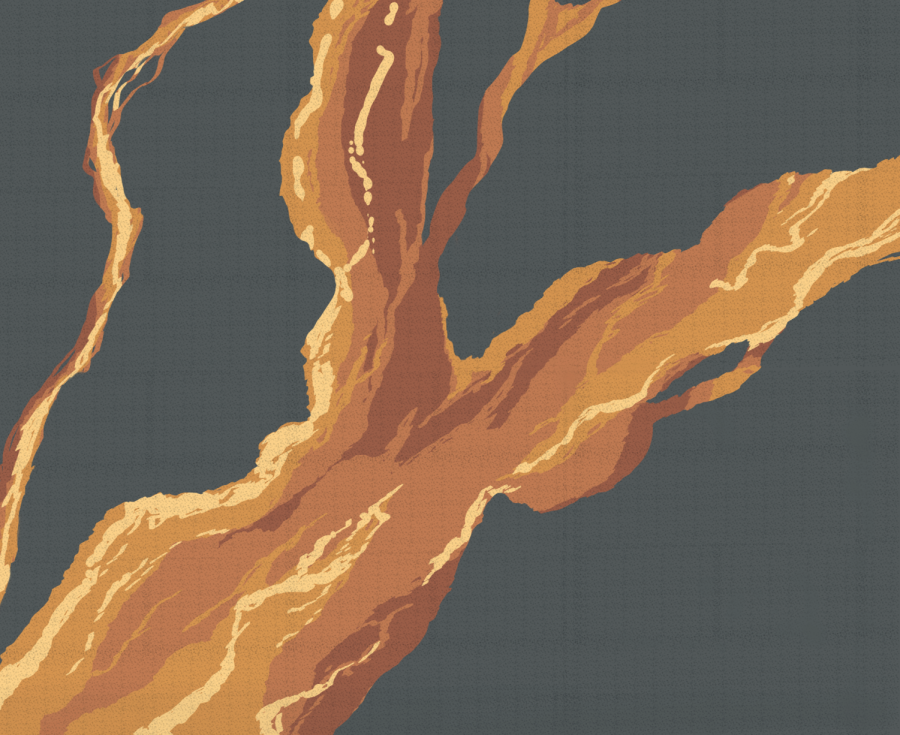Newly discovered river belt rule helps scientists analyze ancient, extraterrestrial rivers
June 27, 2022
New findings by UT researchers may help scientists identify the geometry and patterns of dried-up ancient rivers, such as the 3.5 billion-year-old rivers that once flowed on Mars, and provide insight for future studies on river and floodplain interaction.
Tian Dong, a postdoctoral researcher at the Jackson School of Geosciences and the lead researcher of the study, said a river channel is a path for water and sediment to move through. A river channel pattern identifies how many channels a river has. As channels migrate over time, they deposit sediment and build floodplains. After a river has dried up, a channel belt is left behind, which is a lasting marker of a river’s channels that is wider than the river itself.
Dong said the team compared channel belt deposit width to river width and identified a general rule — the more river channels a river has, the more the channel belt’s width and other metrics, such as its wavelength, decrease. A single-channel river will have a wider channel belt than a multi-channel one, Dong said.
“Using ancient sedimentary rocks to understand past environmental conditions on Earth and other planets is a cornerstone of geology,” study co-author Timothy Goudge said in an email. “This provides a really exciting new metric to look at in river channel belt deposits, and a way to infer the pattern of an ancient river from its deposit — e.g., was it a single-channel meandering river or a multi-channel braided river?”
Dong said a large channel river interacts more with its floodplains, potentially leading to more flooding events. Floodplains temporarily store organic carbon until released by the migration of the river, acting as a buffer from releasing excess carbon into the ocean. However, multi-channel rivers may not store organic carbon for as long as single-channel rivers do, leading to quicker carbon export and subsequent climate impacts occurring, such as algae plumes.
“(Climate) warming and cooling change the hydrological cycle, how much rainfall and how often the rain falls,” Dong said. “The river will respond to these changes. We want to understand how rivers will behave during warming and cooling so we can say something about how the rivers today are going to behave in the future.”
The exception to the rule is rivers confined by landforms such as valleys which disrupt the route of the channel, Dong said. If a river cannot freely migrate, it is forced to flow into one pathway, giving it a narrow channel belt despite its amount of channels.
“In addition to use on Mars, these results will provide new insight into understanding river patterns in ancient outcrop on Earth,” said Goudge, an assistant professor in the Department of Geological Sciences. “For example, a big unknown is how common meandering rivers were prior to the development of land plants on Earth. Our results have the potential to inform that debate by looking at ancient river deposits from that time.”














